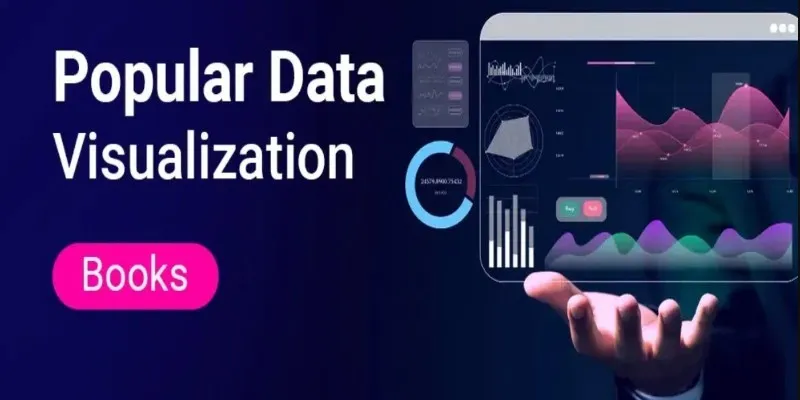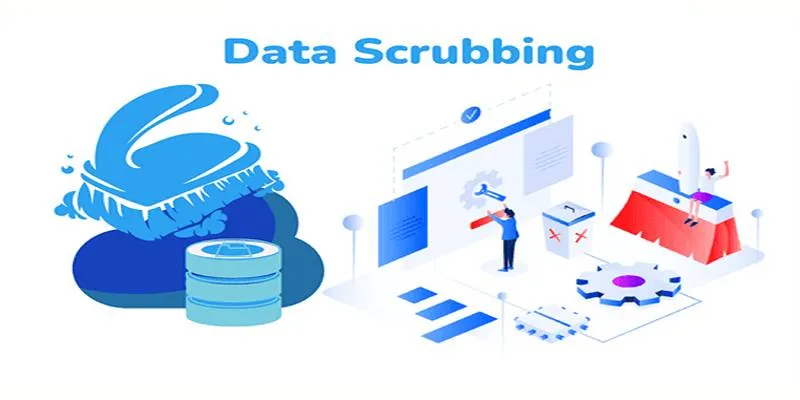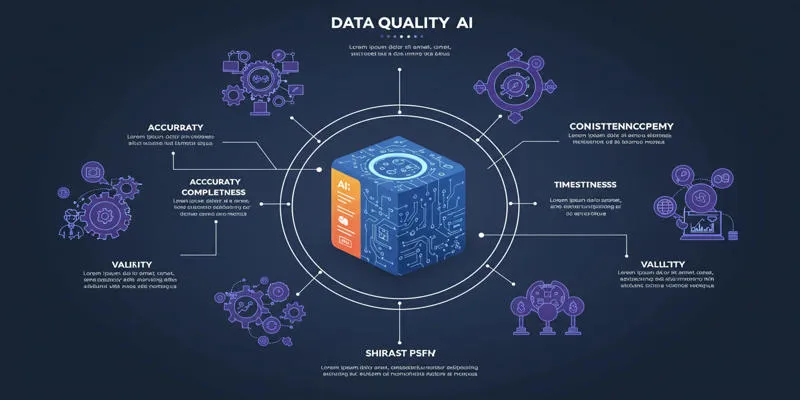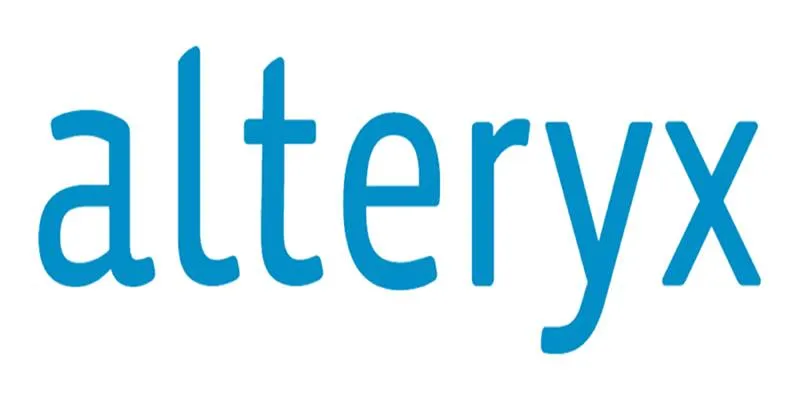Data surrounds us—generated by systems, entered by people, stored in countless formats. For businesses, it can guide smarter choices or lead to confusion if left unmanaged. This is where data governance proves its worth. It brings clarity by defining how data is handled and who is responsible for it. Done well, it ensures everyone has access to the right information when needed and that this information is reliable. Data governance isn’t just a high-level concept; it shapes daily operations, decisions, and even customer trust. Its value is felt across teams, not just in technical departments.
What Is Data Governance?
Data governance is a structured approach to managing an organization’s data. It sets clear rules about who can use which data, when, and how. It’s less about ownership and more about accountability—ensuring data remains accurate, secure, and useful. With data flowing through many systems and teams, governance prevents chaos and maintains order.

This involves creating policies, standards, procedures, and assigning roles. For example, customer records might live in sales, marketing, and support systems. Governance ensures those records are consistent and secure wherever they appear.
It’s important to distinguish between governance and data management. Governance defines how data should be handled; management carries out those rules. One guides, the other executes.
A key role in governance is data stewardship—individuals or teams ensuring data is properly maintained. They resolve conflicts, monitor quality, and bridge the gap between technical and business staff. Without stewards, even the best policies often stay unused.
The Importance of Data Governance for Organizations
Poor data practices tend to show their damage over time. Reports misalign, decisions are based on faulty numbers, and confidence erodes. Data governance prevents these problems by making sure the information driving decisions is trustworthy.
One major benefit is higher data quality. Clear standards make information more reliable, reducing errors in reports and improving customer interactions. Staff spend less time double-checking or fixing records and more time working productively.
Governance also promotes consistency. Without it, you might find the same customer listed as “James Smith,” “Jim Smith,” and “J. Smith” in different systems. Good governance defines naming conventions and checks for duplicates, creating a single, accurate view.
Security and compliance are growing concerns, especially with laws like GDPR and CCPA. Governance helps by enforcing privacy rules and documenting how data is stored, accessed, and shared. If regulators ask, you can show clear processes and controls.
Efficiency improves, too. With fewer mistakes to fix and less duplication, operational costs go down over time. Governance turns data into an asset instead of a liability, enabling faster, more confident decisions.
Perhaps the most impactful result is better decision-making. With consistent, accurate data, leaders can trust what their dashboards show. This confidence strengthens planning and strategy without second-guessing the numbers.
How Data Governance Supports Business Functions
Data governance benefits every department. Marketing teams can see campaign performance across channels without inconsistencies. Finance departments rely on agreed-upon definitions of revenue and expense, making reports easier to interpret and trust.

Human resources improve hiring and retention analysis because employee records are more complete and consistent. Sales teams experience fewer frustrations over outdated CRM entries, which helps them close deals more effectively. Product teams get clearer feedback and usage data to guide development.
IT departments play a central part by providing tools and enforcing controls, but governance isn’t just their job. Business teams must take responsibility for the data they use daily—applying standards, keeping records clean, and following agreed practices.
Collaboration across functions is critical. Policies developed with input from technical, legal, and operational staff tend to be practical and realistic. Otherwise, governance risks become a paper exercise nobody follows.
Tools can support governance by tracking data lineage, checking quality, and managing metadata. But they aren’t enough alone. The people and processes behind them matter more.
Governance is an ongoing effort, not a one-time project. As systems and businesses change, so must the rules for managing data. Treating it as a living practice keeps it relevant and valuable over time.
The Practical Benefits of Doing It Right
When data governance works well, it often fades into the background. Fewer mistakes, smoother workflows, and more trust in reports become part of how the business runs. Teams don’t waste time second-guessing numbers or chasing missing data.
On the compliance side, governance makes it easier to respond to audits or privacy inquiries. Regulators value clear documentation of how data is handled, and governance provides that.
From a productivity perspective, governance improves collaboration. Everyone works with the same definitions and standards, making handovers, reporting, and teamwork more efficient. It also helps onboard new employees faster, as processes and expectations are already documented.
Strategically, governance builds confidence in data. Leaders make better plans when they believe the numbers they see, which filters down through the organization. Plans become more grounded, and progress is tracked more accurately.
Data governance doesn’t have to be complex. What matters is that it’s clear, consistent, and embraced by everyone who uses data. When done right, it turns scattered information into a trusted, useful resource—and reduces the need to constantly fix problems or collect more than necessary.
Conclusion
Data governance isn’t about red tape or unnecessarily restricting access. It’s about creating a clear, shared understanding of how data should be handled across an organization. When done well, it helps teams work faster, improves the accuracy of reports, supports regulatory compliance, ensures better collaboration, and leads to smarter decisions. It turns scattered and inconsistent data into a trusted, valuable resource. As companies continue to generate and rely on more information, the need for practical, people-focused data governance only becomes more important. It’s not just for large enterprises or highly regulated industries—it’s for any business that wants to work smarter and truly trust its numbers.
For more insights on data governance and related strategies, consider visiting Data Governance Institute for comprehensive resources.
 zfn9
zfn9





















